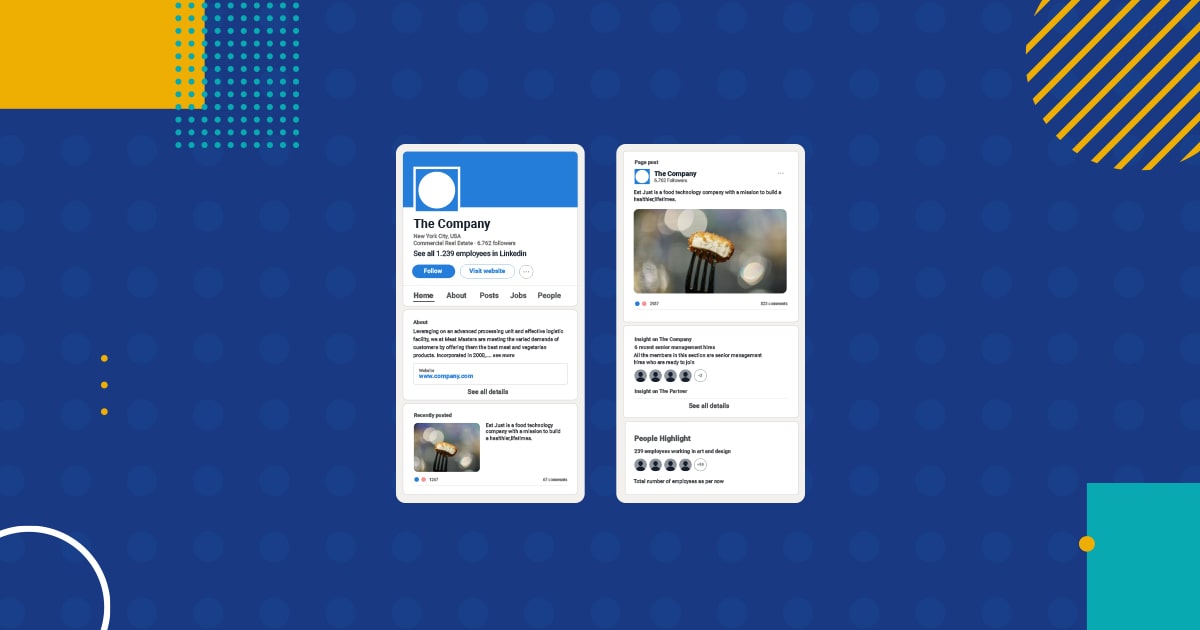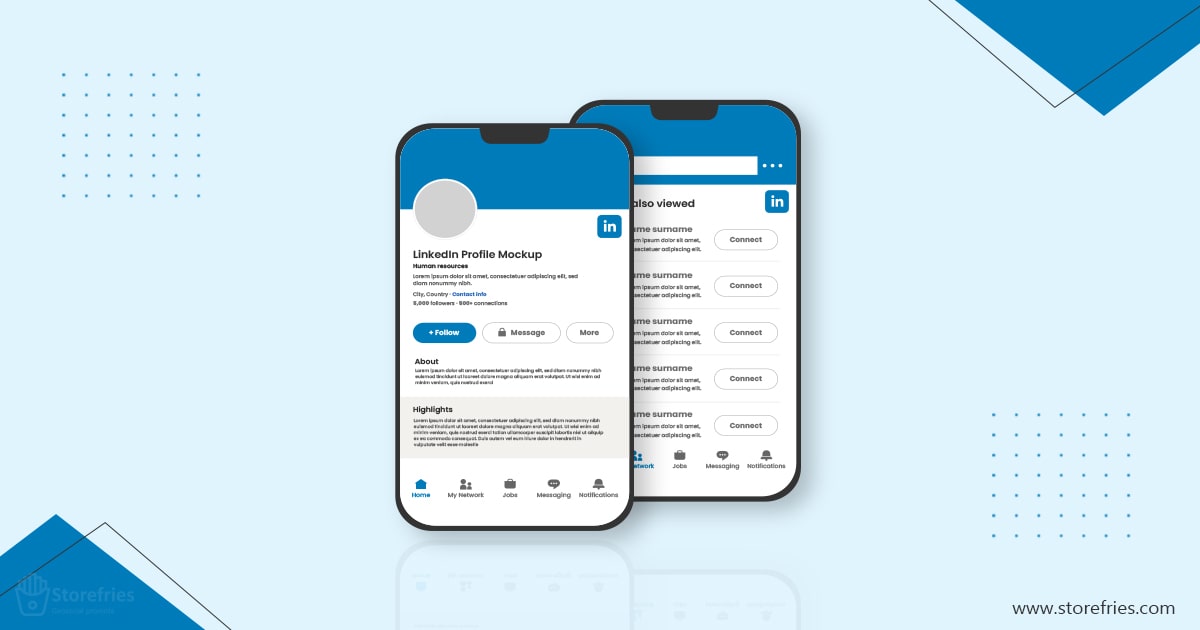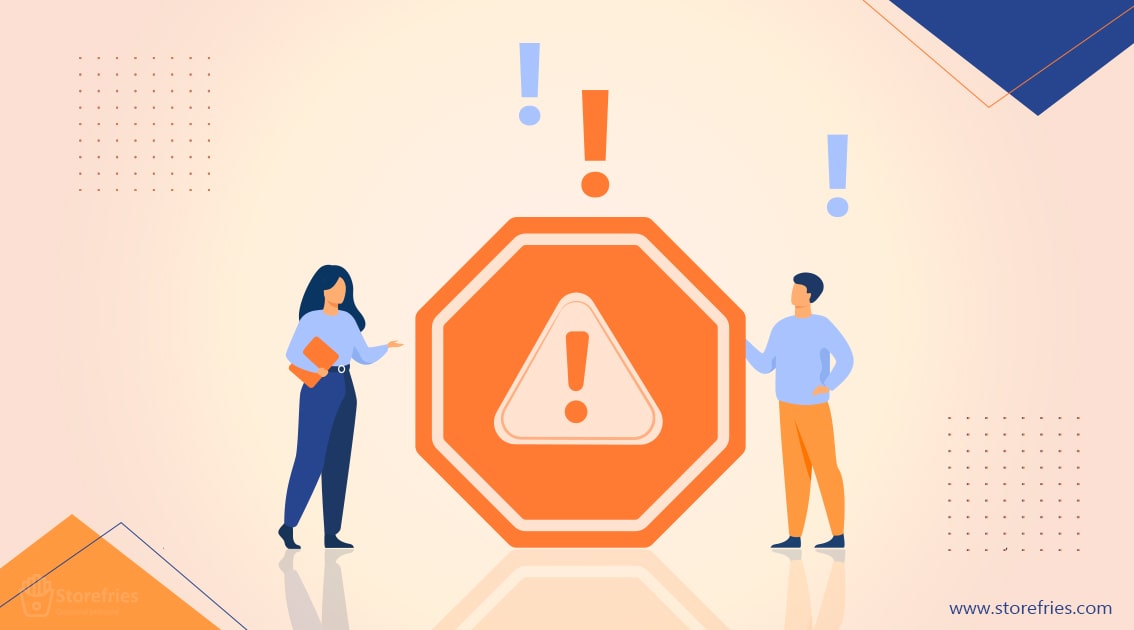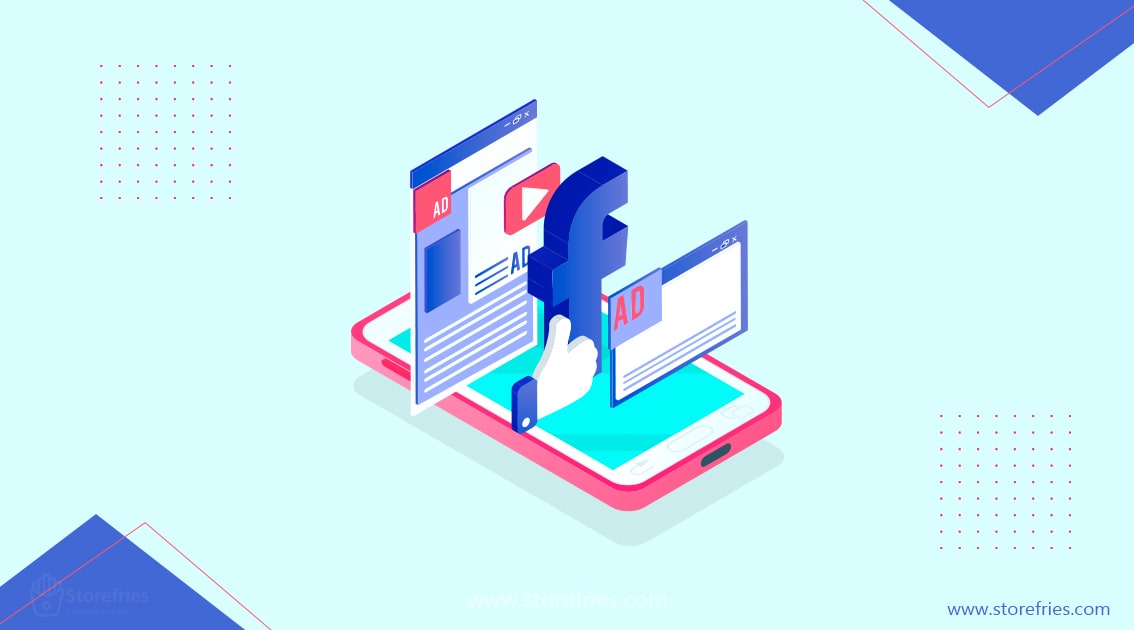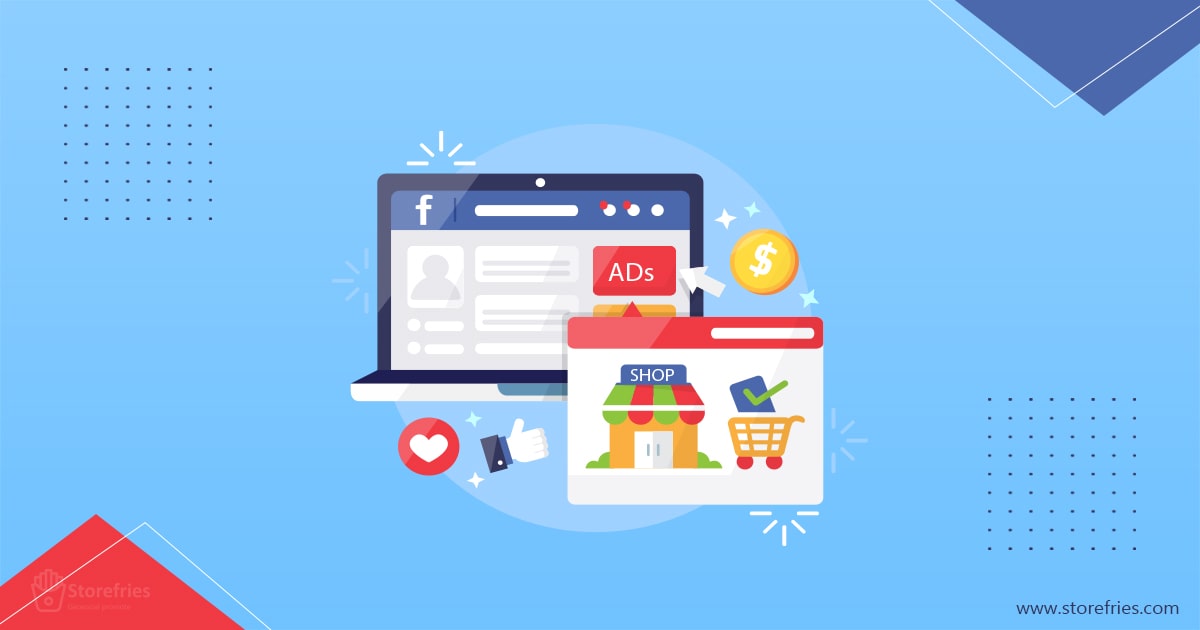Currently Linkedin has 930 million users globally, its a goldmine for B2B Marketers.
As per statistics, there are 90 million senior-level influencers and 40 million are in decision making position. Making them a precious business audience. These influential people are inclined to spend four instances as much money as compared to the normal internet user.
Mostly Linkedin focuses on B2B interaction. Business owners, employees are in this platform, from recent survey 65% of B2B organization use Linkedin Ads to attract customers and generate leads, 45% marketers have did the same.
In this article, we will explore various types of ads that are available on Linkedin, How to create a effective linkedin ads and improving your click-through and conversion rates.
Let's explore...
How does Linkedin advertising work?
LinkedIn Ads works by allowing advertisers to create campaigns, pick out objectives, select ad formats, and target particular audiences. Advertisers can target are mostly based on process title, company size, industry, location, languages, interests, and extra. The ads are displayed at the LinkedIn feed, messaging inbox, or different sections of LinkedIn. As a result, you could choose to target audiences and you are probably to pay extra or much less based on competition.
How to Create LinkedIn Ads Campaigns
If you have a Linkedin Business Page is fine but you don't you have to create a company page in where you have to provide the information about your business, publish content, and engage with your followers. Next you need to install LinkedIn Insight Tag on your website to track conversion by Linkedin. Finally you need to linkedin campaign manager login and setup billing.
You have to test different campaign types, ad formats, and targeting. Then, always optimize over certain times to get the best results and reach your goals. Follow these 13 steps for a successful Linkedin ad format.
1. How to create a company page on linkedin
First, you want to create a Linkedin company page from where you will run the ads. Creating a company pages are completely free, for creating LinkedIn Ads campaigns you must need one.
2. How do I create a Campaign Manager?
Second step is to create a LinkedIn Campaign Manager account. LinkedIn Campaign Manager will manage all of your LinkedIn Advertising campaigns, which is your Linkedin Ads account.
3. How to Set Up Google Ads Conversion Tracking
If you going to use the website conversions objective, which I might suggest testing, you want to set up LinkedIn Ads conversion tracking. Start by putting in the LinkedIn Insight Tag to your website or through help of Google Tag Manager. Then, configure Page Load or Event-Specific conversion tracking to watch your campaign performance.
4. Create or Choose Your Campaign Group
LinkedIn Ads lets in you to create Campaign Groups in which you may launch a couple of campaigns. You can truely set a campaign group price range and schedule to make certain you don’t overspend.
5. Set Your Campaign Objective
First, determine what you need achieve with your ad campaign. Common targets consist of website visits, lead generation, and content engagement.
6. Set Your LinkedIn Audience Targeting
Utilize Linkedin detailed targeting to tight your focus to your ideal customers based on demographics, interests, and company details, after that you should focus on location and language targeting. From there, you could build different audiences the use of retargeting, lookalike audiences, member interests, member groups, member traits, job titles, companies, industries, years of experience, and more.
7. Choose Your LinkedIn Ad Format
Next, select the type of ad format you may use to your campaign. Certain LinkedIn Ads goals will only allow particular ad formats. You can only select 1 ad format for every campaign you create.
8. Choose Your LinkedIn Ad Placements
Decide where your ads will be displayed, such as the LinkedIn feed and/or the LinkedIn audience network.
9. Set Your Budget, Schedule, and Bidding Strategy
Determine your campaign budget before and when you need to run the campaign. Select to schedule a campaign and schedule when a campaign have to end. As a ways as LinkedIn Ads bidding, you could choose to use Maximum delivery, for you to concentrate to your objective. Otherwise, you could set guide bids on your campaign.
10. Set the Focus Conversions For Your Campaign
If you have one conversion in your account, you will optimize your campaign for. Or else choose a conversion from the list for your campaign.
11. Create Your LinkedIn Advertisements
Next, you'll create your ads based at the ad format you selected withinside the previous step. You can create brand-new ads or browse current content to find photos or videos you have used in the past. Put collectively compelling creative assets on your campaign, along with pictures, videos, headlines, and ad text tailored in your audience. In addition, create no less than five advertisements per campaign. You also can apply your lead forms at this step.
12. Review and Launch Your Campaign
Double-check all your campaign settings such as your conversion tracking, target audience, ads, objective, budget, schedule, and bidding strategy. Once you verify your settings are correct, start your campaign. You have to see your ads running for several hours on the maximum until something was disapproved.
13. Monitor LinkedIn Ads Campaigns and Optimize Performance
Check campaign analytics frequently to monitor the overall performance of your ads. Try A/B testing ads, adjusting bids, and refining your concentrated on to enhance results.
what is linkedin insight tag
LinkedIn Insight Tag is a lightweight JavaScript tag that powers conversion tracking, website audiences, and website demographics.
- Track conversions from your LinkedIn ads
- Retarget site visitors through LinkedIn ads
- Create matched audiences to expand your reach
Keep the Insight Tag throughout all pages of your website. Inserting it to your contact, thank you, order confirmation, pricing, and checkout pages is specifically important.
LinkedIn Ad Formats
Linkedin offer multiple ad formats, that's gives you the plenty of option which are best suitable for your campaign goals and audience preferences.
Sponsored Content
Sponsored Content is a type of paid ads which allows companies to deliver Page posts beyond their current LinkedIn Page followers. There are three types of sponsored contents.
Single Image Ads
Single image ad are a type of sponsored content, which has single image, headline, text, and call-to-action button leading to your landing page or a LinkedIn Lead Generation form. you can utilize these ads to engage with your targeted audience.

Carousel Ads
LinkedIn Carousel Ads contain more than one image which are swipeable, this is the effective way to promote your product or service on Linkedin. You can customize the image, text, and link on every card, telling a story across different cards.
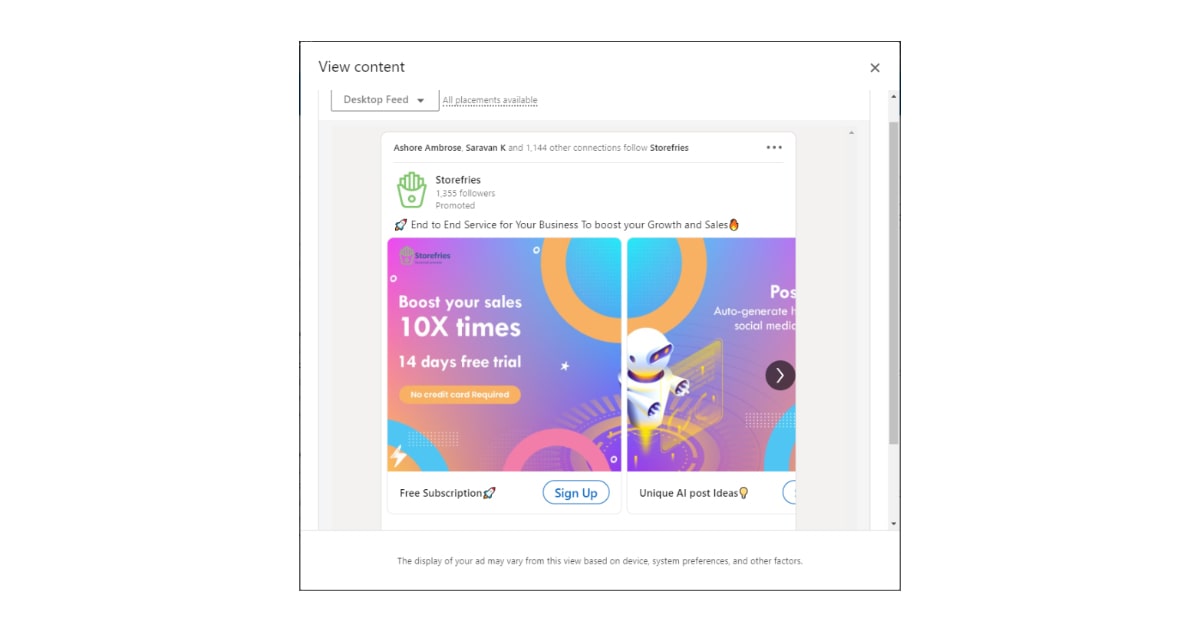
Video Ads
Video ads allow you to submit videos in the LinkedIn feed. Keep videos short and consist of captions given that they're frequently watched without sound.
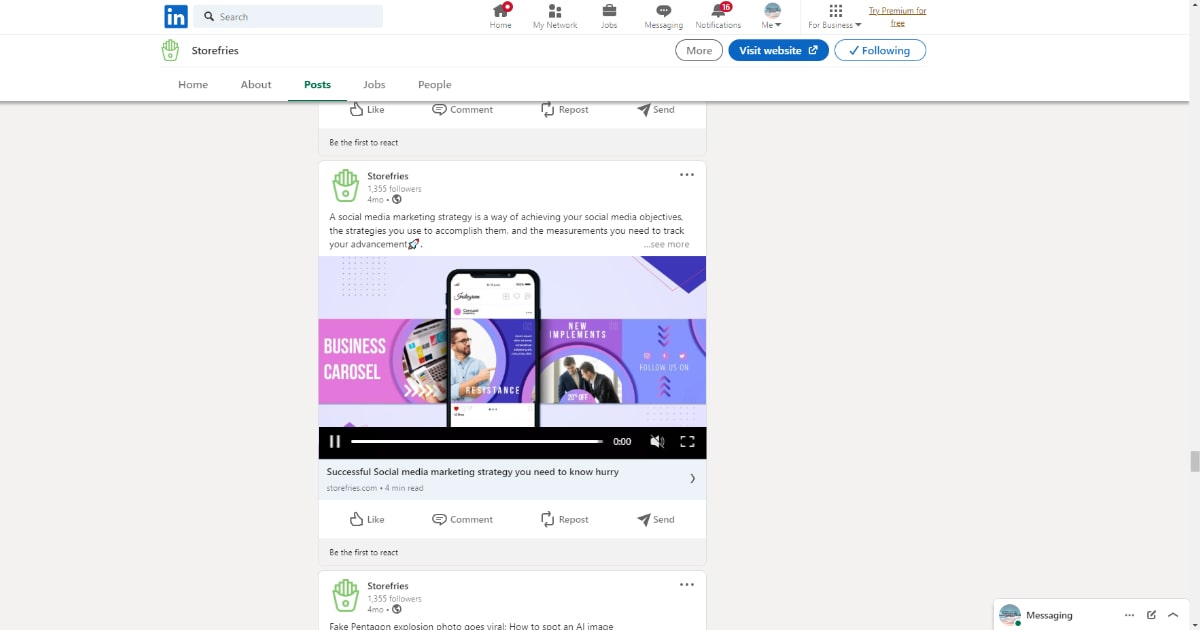
Sponsored Messaging
Sponsored Messaging places your ads at once in the LinkedIn messaging inbox of your target audience to spark engagement. There are Sponsored Messaging formats.
Conversation Ads
Conversation ads guide the viewer via a choose-your-own-way experience. You can create branching narratives mainly based on their responses.
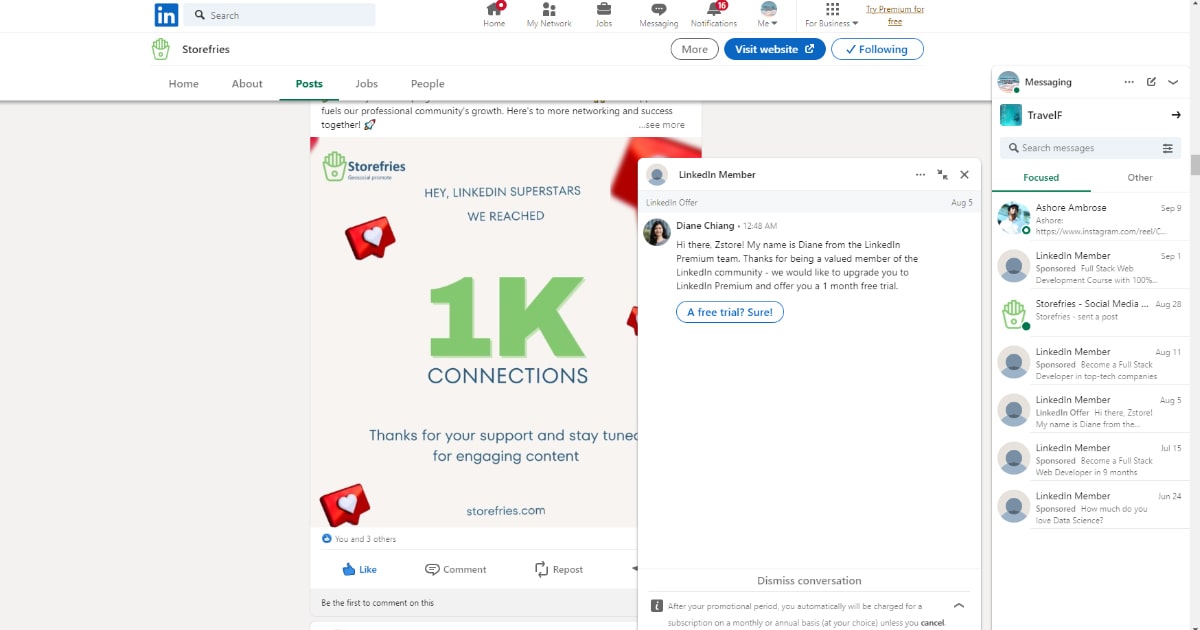
Message Ads
Message ads include a single picture with a custom designed call-to-action. They assist you to attain members thru targeted direct messaging.
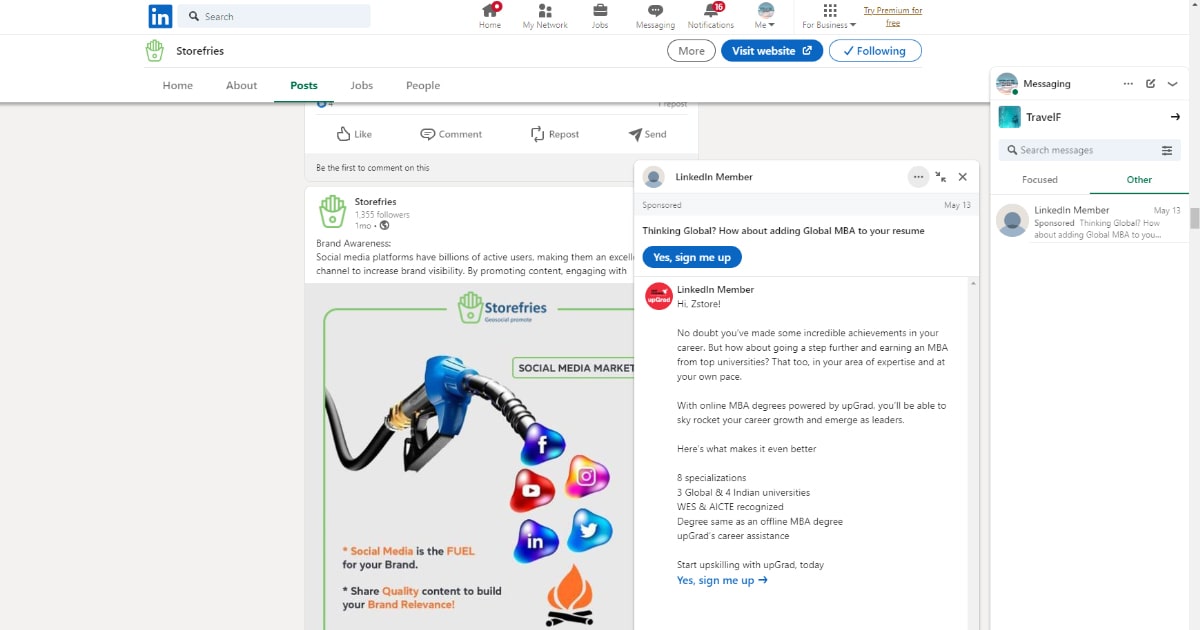
Text Ads
Text ads contain a brief headline, textual content, and image that seem on the top and proper side of LinkedIn pages. They resemble Google text ads.
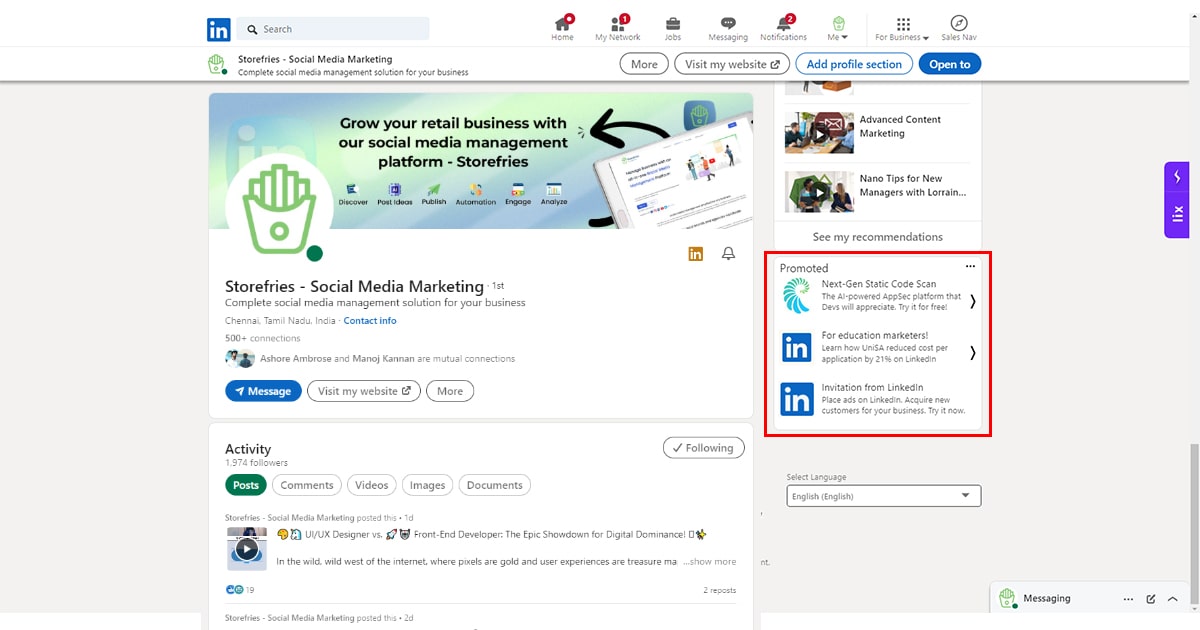
Dynamic Ads
Dynamic ads seem in the proper side column and are custom designed for every viewer based on their LinkedIn profile data. Personalization makes them fairly relevant.
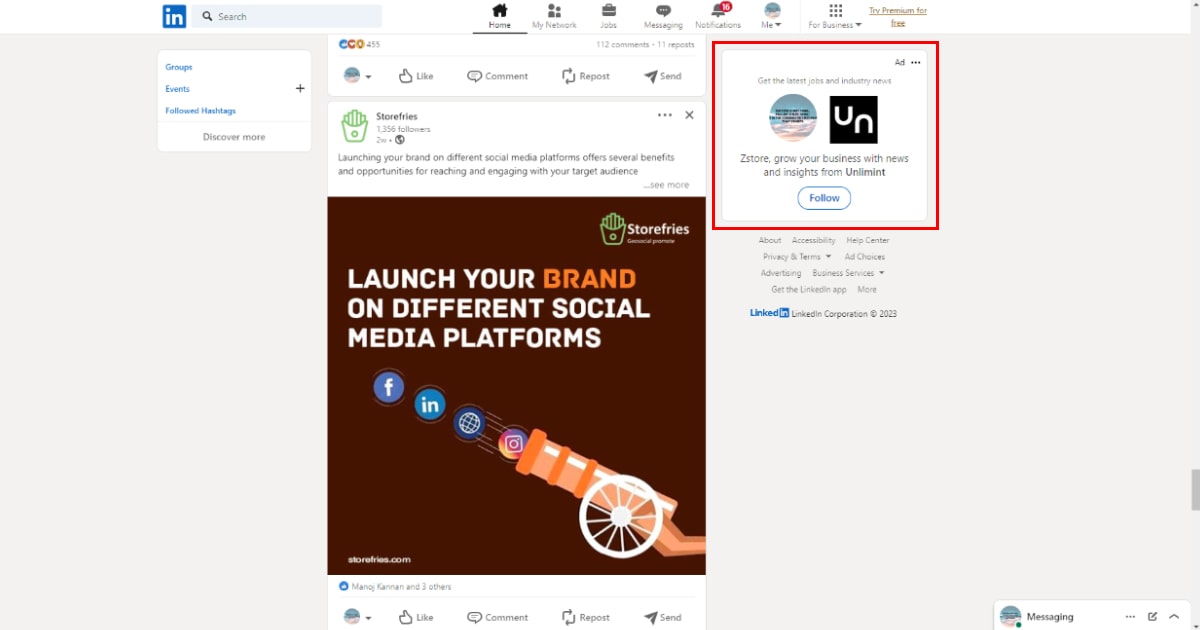
LinkedIn Ad Objectives
LinkedIn based on objective-based advertising model. When developing a campaign, you first choose an objective in your campaign. You need to align the objective you pick in your marketing campaign with your advertising goal. I normally select Lead Generation campaigns or Website Conversion campaigns so I can seize my positive customers’ information.
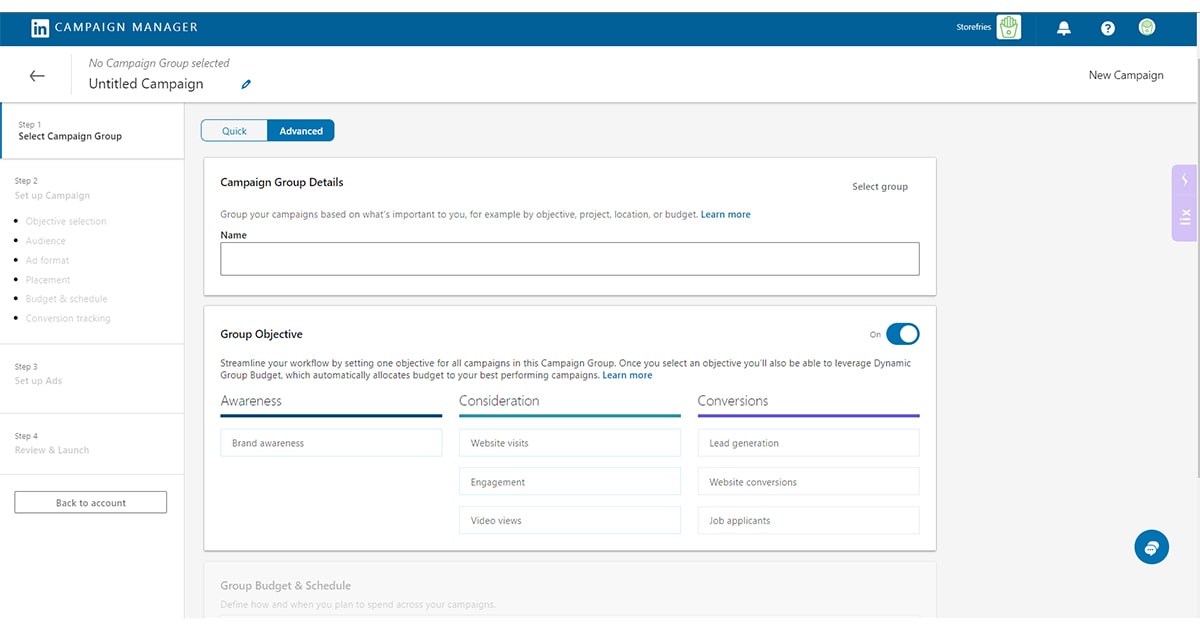
For example when your campaign objective is website conversion campaigns. Your campaign will be mainly focused on getting more conversions instead of video views because that’s your main objective you have selected.
Brand awareness:
Raise awareness of your brand, product, and service. Your content was seen by many people.
Website visits:
Send visitors immediately to your website. You can select a landing web page in which you need potential customers to go so that you can explain them about your business.
Engagement:
It drives more likes, comment, share for your content. If you want to boost your engagement of your content this is a perfect objective for you.
Video views:
Boost views on your videos. If you have a commercial on your company or a selected product, you could target audience with the purpose of displaying your video.
Lead generation:
Collect top notch leads with LinkedIn forms. You can use LinkedIn Lead Generation ads with different ad formats to engage your audience to submit their data to you.
Website Conversions:
Set up conversion tracking and drive site visitors on your website with the purpose of using conversions. You must use the Website Conversions objective with LinkedIn Ads campaigns in case you need to get leads or sales out of your website. This is my desired goal for your new campaigns.
Job applicants:
Promote open job listings at your company. You can get more eligible candidates to a job opening.
Benefits of LinkedIn Ads
LinkedIn advertising gives a few unique features that units it other than the competition. Depending for your business and marketing objectives, it is probably the right channel to assist your organization collect new customers. It is extremely good for B2B businesses and B2B SaaS organizations too.
1. Targeted Professional Audience
LinkedIn lets in advertisers to target audience based on professional information like activity title, agency, industry, skills, seniority degree, and more. This level of granular focused on permits you to interact your best B2B clients and accounts to maximize campaign relevancy. For example, a software program company can target tech decision-makers at small companies in the accounting industry.
2. Variety of Ad Formats
In Linkedin you have multiple ad formats to engage with your audience. LinkedIn provides lots of compelling ad formats to match different campaign goals and audience preferences. Options like video and carousel ads allow impactful storytelling, even as sponsored messaging allows extra customized outreach. Leveraging specific ad formats lets in you to showcase your brand and content in various ways.
3. Objective-Based Optimization to Reach Your Goals
When developing a LinkedIn campaign, you outline a intention like brand awareness, website visits, or lead generation. LinkedIn then optimizes your ad delivery toward that particular objective. This make sure your ads are shown to audiences much more likely to transform based for your favored outcome. Objective-based optimization improves campaign performance.
4. Detailed Analytics and Reporting
LinkedIn Campaign Manager gives in-depth reporting on advert metrics like impressions, clicks, conversions, video views, engagement rate, cost-per-click, and more. These insights can help you closely watch campaign progress, drill into overall performance by audience section or ad creative, find out optimization opportunities, and ultimately gain complete control over your LinkedIn advertising.
5. Target your Audience on Mobile and Desktop Devices
You can goal each desktop and cellular customers with LinkedIn ads. This method allows you to interact professionals seamlessly as they browse LinkedIn during the day across devices. Mobile optimization is crucial, as 62% of LinkedIn utilization occurs on mobile.
6. Coordinate Ads to Boost Organic LinkedIn Posts:
LinkedIn makes it smooth to amplify existing organic posts through Boosted Post ads. This builds synergy among your organic and paid strategies. You can raise your best-performing organic content to widen its reach.
7. Lead Generation Capabilities:
LinkedIn Lead Gen Forms will let you gather lead information seamlessly without leaving the platform. Pre-filled forms leverage LinkedIn profile information to reduce friction. Lead-gen ads are particularly effective for collecting inbound sales leads out of your target audience.
8. Cost Efficiency
LinkedIn gives automatic bid techniques that optimize your cost per click based on target conversion rates. This best technique means you only pay what you want to get your preferred objectives. Advanced campaign targeting also helps you to more focus your budget on high-value audiences.
Conclusion:
In conclusion, this LinkedIn Ads guide equips beginners with the tools to thrive in 2024's digital marketing landscape. From precise targeting to campaign optimization, we've covered the essentials. Embrace continuous learning and adapt to stay ahead in this dynamic realm. Cheers to meaningful connections and remarkable results!
